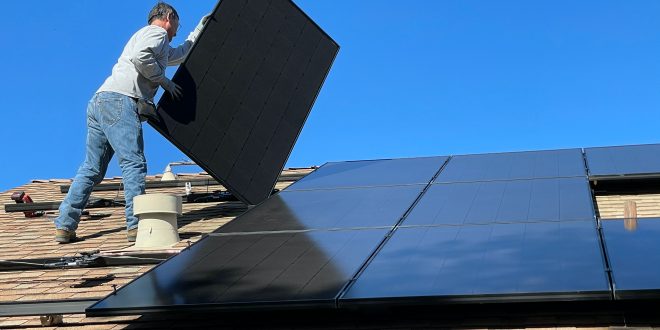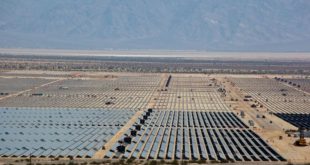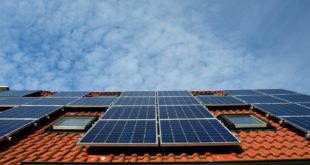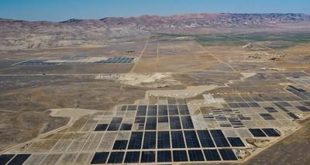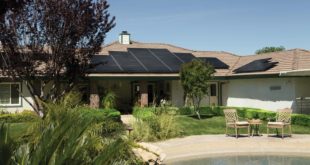The early 2021 winter storm in Texas left residents without power for days. Extremely low temperatures caused statewide health risks, generating panic and distress. Following the blackout, government officials searched for future prevention plans.
Solar power provides a sustainable solution for power outages. Many individuals invested in renewable energy after the blackout, eliminating their reliance on the grid. The government evaluated residential solar dependence as an appropriate backup plan to power the state in emergency scenarios.
The Future of Texas Solar Power
The state has various plans for solar incorporation. Austin, Texas, announced its goal of developing a net-zero community by 2050. Eliminating greenhouse gas emissions calls for alternate energy adaption.
Solar may help Austin reach its goals. They can source their energy from surrounding farms, switching to solar production centers. Texas has the most significant number of farmlands in the country.
The 248,416 farms cover 127 million acres of land. Texas plans to convert various agricultural regions into solar farms. Open fields provide maximum sun exposure, allowing panels to convert light into electricity efficiently.
Solar Storage
A significant limitation to statewide solar reliance derives from weather exposure. The sun only shines in the daytime, minimizing a panel’s ability to generate electricity in the evening. A peak energy demand occurs in later hours when the sun goes down.
Texas plans to meet renewable energy demands by maximizing solar storage. Vistra, a Texan power company, recently invested in a storage facility in Monterey, California. The Moss Landing Energy Storing Facility converted an old power plant into a renewable energy center.
The facility placed over 4,500 batteries in unused smokestacks, storing excess renewable power. Texas can outsource its energy from solar storage facilities to maintain fluctuating energy demands.
The solar boom also prompts technological storage advancements. Compressed air energy storage (CAES) is a new technology that maintains power grid demands.
CAES’s highest efficiency technique uses an adiabatic system. The heat generated through air compression is attained and then released through decompression. The process can store renewable energy during optimal production hours, distributing it through peak demand times.
Tax Credit Influence and Cost-Efficiency
The government provides a federal tax credit to solar customers, reducing costs by 26% with each purchase. Unfortunately, the credit expires in 2022, fueling panel purchases this year. Between the tax credit pressures and the winter storm outages, solar sales increased significantly.
There is much misconception around solar energy prices. Even without the tax incentive, renewable energy is cheaper than ever before. Solar power costs $0.068 per kilowatt-hour on average. Ten years ago, it was $0.378 per kilowatt-hour.
Cost deductions are additionally present in renewable energy maintenance. The incorporation of artificial intelligence (AI) helps companies fix solar system issues for a small fee. AI technology can also conduct energy evaluations more efficiently than humans.
The device can study grid algorithms and small-scale systems, homing in on particular faults. Some systems can also conduct repairs, and as technology advances, AI may perform most renewable energy maintenance.
The Paris Agreement
Another element fueling the solar boom is the Paris Agreement. On his first day in office, President Biden signed the U.S. onto the agreement. The legally binding treaty signifies our commitment to greenhouse gas emission reduction.
We committed to reducing global warming by two degrees Celsius under pre-industrial levels. Texas is the largest state in the U.S., making it a significant contributor to national greenhouse gas emissions. We can meet the agreement’s goal by incorporating solar energy into Texas’s power grid.
The national push led many Texans to do their part, investing in and installing solar power. Many government buildings also rely on renewable energy now, helping meet our goal.
Population Growth and Energy Demands
Texas experienced a recent population spike, altering energy demands. In 2020, there were 373,965 more residents than the year before. The state has the highest raw population growth, impacting necessary resource accessibility.
Texas consumes 361 Terawatt-hours of electric power annually, using 10% of the nation’s supply. The majority of the electricity derives from fossil fuels. Current energy production causes adverse effects on the climate and human health. Solar power provides an environmental solution to the issue.
The state also holds three large industrial cities, utilizing high quantities of energy. Solar power provides an eco-friendly alternative to greenhouse gas emissions in big cities. It also helps maintain high energy demands.
A growing population placed officials in a difficult position during the blackout. They had to provide warmth, food and other resources to residents when resources dwindled. Backup solar power provides security for individuals during natural disasters.
Future Sustainability
Various aspects contribute to the Texas solar increase. As their renewable energy sources increase, the U.S. can expect a drop in national greenhouse gas emissions. Community efforts and adaption can make Texas an optimal example of statewide sustainability.
Bio: Emily Newton is the Editor-in-Chief of Revolutionized Magazine, an online publication that explores innovations in science and technology.
 Alternative Energy HQ solar power for homes, wind energy, and bio fuel issues
Alternative Energy HQ solar power for homes, wind energy, and bio fuel issues
